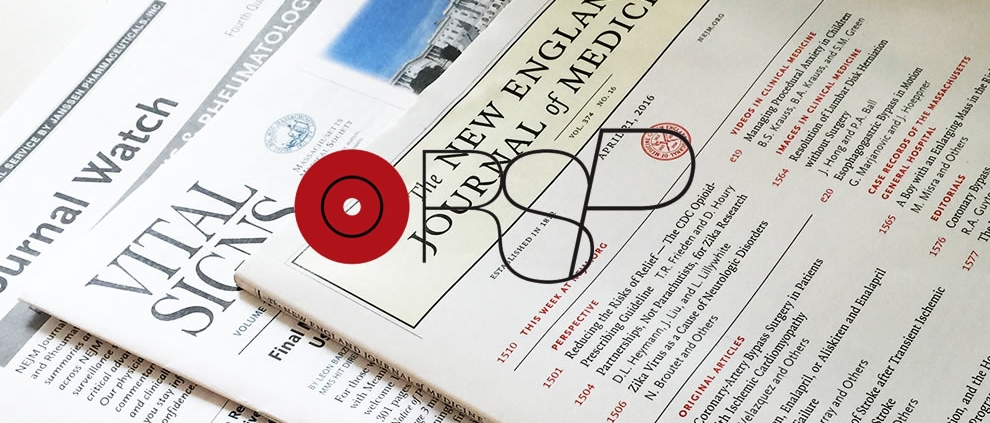The role of eccentric exercise in sport injuries rehabilitation
Introduction: Sports injuries frequently involve tendons, muscles and ligaments. The variable outcome of surgery and medical treatment support early functional treatments. Eccentric exercise (EE) showed effectiveness in the management of Achilles tendinopathy (AT), patellar tendinopathy (PT) and lateral epicondyle tendinopathy (LET). Preliminary results of EE in other tendinopathies and sports injuries suggest its wide prescription in the sport rehabilitation field.
Sources of data: A comprehensive search of PubMed, Web of Science, the Cochrane Collaboration Database, Physiotherapy Evidence Database (PEDro), Evidence Based Medicine (EBM) Search review, National Guide- lines, Scopus and Google Scholar was performed using keywords such as ‘eccentric exercise’, ‘sports injuries rehabilitation’, ‘tendinopathy’, ‘ham- strings strain’ ‘adductor injuries0 and ‘ACL reconstruction rehabilitation’.
Areas of agreement: EE, alone or associated with other therapies, represents a feasible, cost-effective and successful tool in the treatment of well-known targets and might be promising in shoulder tendinopathy, adductor-related groin pain, hamstring strains, and ACL rehabilitation.
Area of controversy: The lack of standardization of protocols, the variable amount, quality and follow-up of studies, the different anatomy and pathophysiology of the therapeutic targets limit the evidence of applicability of EE to sports injuries.
Growing points: The role of pathology and biomechanics in the response to EE should be further investigated.
Areas timely for developing research: New randomized controlled trials should test the effectiveness of standardized EE regimens to various sites of sports injuries.
Key words: eccentric exercise, rehabilitation, sport injuries, tendinopathy, ligament injuries


